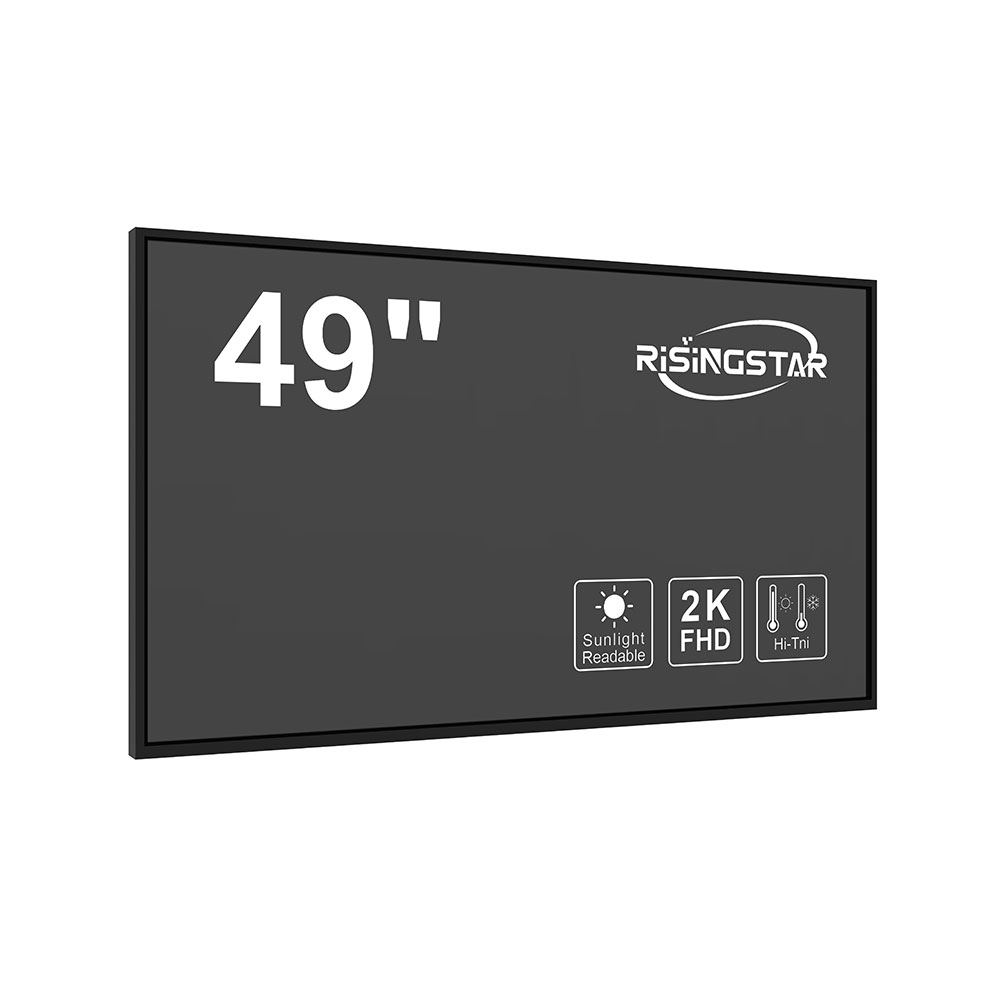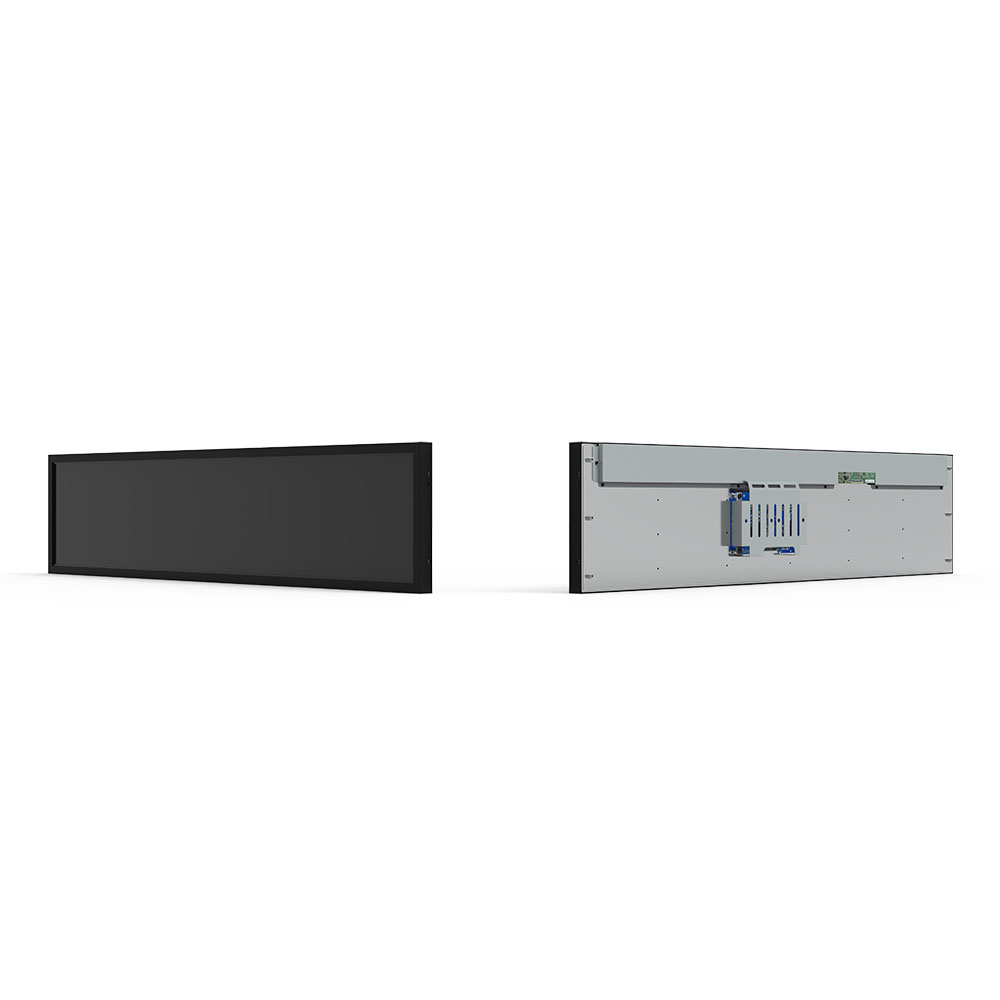- Home
- About Us
- Products
- News
- Video
- Contact
- Send Inquiry
Search
- Home
- About Us
- Products
- News
- Video
- Contact
- Send Inquiry

When deploying an outdoor LCD screen for commercial, industrial, or public use—such as digital signage, traffic information displays, or retail advertising—it’s essential to select a solution that performs reliably under extreme environmental conditions. According to the International Electrotechnical Commission (IEC) standard IEC 60068-2, outdoor displays must be rated for temperature extremes (-20°C to +60°C), humidity (up to 95% non-condensing), and resistance to dust and water ingress (IP65 or higher). These are not optional specifications—they are baseline requirements for durability in real-world environments.
First, consider brightness. For direct sunlight visibility, a minimum of 5,000 nits is recommended. Industry benchmarks from manufacturers like LG, Samsung, and Sony confirm that screens below 3,000 nits become unreadable during peak daylight hours. Some high-end outdoor LCDs now exceed 10,000 nits using LED backlighting technology, ensuring readability even at noon under harsh sun exposure.

Second, evaluate display technology. While LED-backlit LCDs dominate the market due to their energy efficiency and color accuracy, OLED panels offer superior contrast ratios but suffer from shorter lifespans outdoors due to burn-in risks. For long-term installations, especially those requiring 12+ hours of daily operation, LCD with local dimming and anti-glare coatings remains the most cost-effective and reliable choice.
Third, assess protection mechanisms. A robust housing with IP65 rating prevents dust accumulation and water damage—a critical factor in coastal areas or regions with frequent rainstorms. Additionally, built-in fanless cooling systems (as seen in Panasonic’s outdoor displays) eliminate mechanical failure points while maintaining optimal internal temperatures.
Case studies support these findings. In a 2022 deployment by Siemens in Hamburg, Germany, an outdoor LCD system rated at 7,000 nits with full aluminum casing outperformed two competing models after 18 months of continuous use in high-wind and salty air conditions. Similarly, a U.S. Department of Transportation pilot project found that only screens with dual-layer polarized filters maintained clarity during both sunny and overcast days—highlighting the importance of optical design.

Finally, ensure compatibility with remote management tools. Modern outdoor LCDs should integrate with cloud-based platforms such as Screenly or Xibo for real-time content updates, diagnostic monitoring, and predictive maintenance alerts—features increasingly expected in smart city and IoT-enabled infrastructure projects.
In summary, choosing the right outdoor LCD involves balancing brightness, environmental resilience, display longevity, and smart integration—not just price. By aligning with industry standards like IEC 60068-2 and leveraging proven case studies, businesses can future-proof their outdoor digital signage investments.